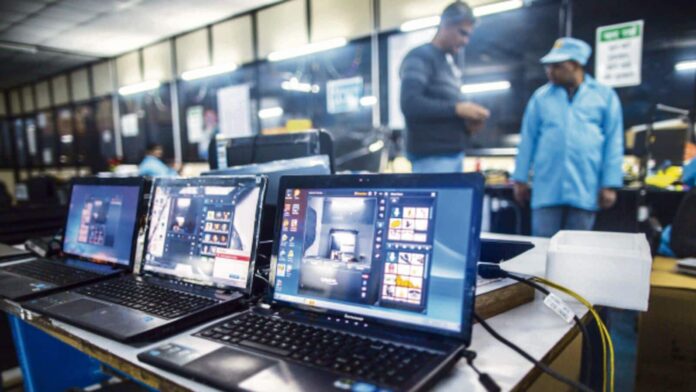New Delhi-based ReFit Global, which featured in the third season of Shark Tank India, expects to sell more than 350,000 units in the last three months of the year, which would be more than half of its projected FY25 sales, founder and chief executive officer Saket Saurav told Mint.
Prosus-backed Cashify, which buys old devices and sells refurbished ones, may more than double its smartphone procurement numbers to 250,000 to 300,000 a month compared with business-as-usual days, its chief executive officer Mandeep Manocha said.
“The weeks leading up to the festival season is when consumers trade their old phones in preparation for new phones, offering us a big opportunity,” Manocha told Mint.
Refurbished devices have grown in popularity over the past few years, offering users a cost-effective way of securing trendy smartphones and laptops at a fraction of the original price.
The festive season, which usually starts in August during Raksha Bandhan or Independence Day and goes on until New Year’s Eve, typically brings a 30-40% increase in demand for refurbished items, especially in tier-2 and tier-3 cities, where price sensitivity is higher, according to an e-commerce executive who did not want to be identified.
Cashify’s Manocha noted that users are increasingly looking at premium brands like Apple’s iPhone and Samsung devices, aiming to make aspirational purchases and stay in line with trends.
“The Indian consumer base is heterogeneous, and there are consumer personas who seek refurbished devices owing to their growing accessibility, affordability and availability,” Prabhu Ram, vice president (industry research group) at CyberMedia Research, told Mint.
Moreover, refurbished devices too come with monthly payment options, which make the proposition more attractive.
“E-commerce platforms have further normalised second-hand purchases by showcasing verified, certified refurbished items alongside new products, making these items more mainstream and accessible. Improved aesthetics, packaging, and flexible financing options have also contributed to the shift in perception,” said the e-commerce executive quoted earlier.
India’s second-hand market has benefitted device makers, too. In 2022, refurbished iPhones accounted for 11% of Apple’s secondary smartphone sales, up from 3% in the previous year, making it the fastest-growing refurbished brand in India, according to estimates by Counterpoint Technology Market Research.
Consumers wary
However, many value-conscious consumers are starting to face a dilemma about buying repurposed devices, especially when new devices are becoming more affordable and easily accessible.
Last Friday, Apple’s iPhone 16 hit the stores at one of the lowest first-day prices for any new iPhone. With bank tie-ups, discounts and exchange offers, the iPhone 16 base model could be purchased for ₹48,900 compared with the official price of ₹79,900.
Over the years, online festive sales such as Flipkart’s Big Billion Days and Amazon’s Great Indian Festival as well as offline sales in Reliance Digital and Croma have offered consumers affordable deals as well as easy financing options, making first-hand purchases an attractive proposition.
“If I get the option to avail no-cost EMI on a purchase of a brand new ₹50,000 smartphone, I’m okay with buying it over a refurbished one,” said Mayur, a 23-year-old marketing executive in Bengaluru who opts for a repurposed mobile phone once in four years.
Durga, a chef based in Mumbai, added that she is willing to spend more money on a new iPhone if she gets a sizeable discount from its listed price during Flipkart’s Big Billion Days sale which is scheduled to begin on 26 September.
Once touted to be a fast-growing segment, India’s handset refurbishment market is now slowly decelerating, hurt by growing market maturity and consumers upgrading smartphones less frequently. According to estimates by Counterpoint Research, the market grew in high single digits in 2022, against 20% growth every year from 2020 to 2022.
The market also remains largely unorganised, requiring companies to work towards educating users about authenticity.
#Festive #season #bonanza #online #secondhand #electronics #sellers #consumers #fence
